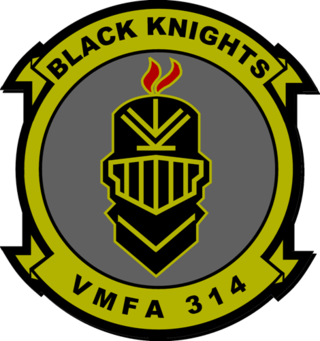
Marine Fighter Attack Squadron 314 (VMFA-314) is a United States Marine Corps F-35C Lightning II squadron. The squadron, known as the "Black Knights", is based at Marine Corps Air Station Miramar, California and falls under the command of Marine Aircraft Group 11 (MAG-11) and the 3rd Marine Aircraft Wing, but deploys with the US Navy's Carrier Air Wing Nine (NG).
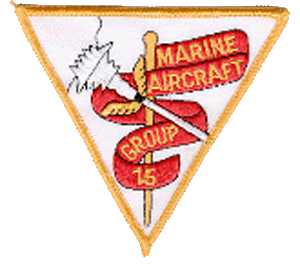
Marine Aircraft Group 15 (MAG-15) was a United States Marine Corps aviation group established during World War II. MAG-15, a transport and photo-reconnaissance training group, was commissioned on 1 March 1942, headquartered at Camp Kearny, San Diego. In addition to radio and photographic training, the Group also conducted a navigation school. Additional roles included West Coast aircraft acceptance and transport service for the Marine Corps.

Marine Air Control Group 18 (MACG-18) is a United States Marine Corps aviation command and control unit based at Marine Corps Air Station Futenma that is currently composed of 4 squadrons and 1 HQ support detachment. The Marine Air Control Group as a whole provides the 1st Marine Aircraft Wings tactical headquarters, positive and procedural control, air traffic control, short range air defense and air defense control to aircraft for the III Marine Expeditionary Force.

The 9th Marine Aircraft Wing was an aviation unit of the United States Marine Corps based at Marine Corps Air Station Cherry Point, North Carolina. The wing was commissioned during World War II as a training unit for Marine Aviation personnel headed to the Pacific Theater.
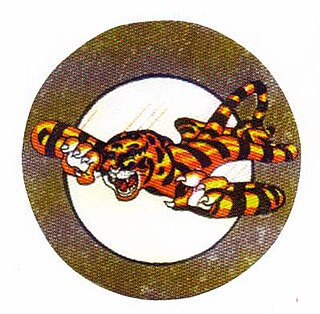
Marine Fighter Squadron 911 (VMF-911) was an aircraft squadron of the United States Marine Corps during World War II. Known as the “Devilcats”, it served as a training squadron during the war, and was decommissioned in early 1946.
Marine Aircraft Group 93 (MAG-93) was a United States Marine Corps aviation group established during World War II. MAG-93, a dive bombing training group, was commissioned on 1 April 1944 and was initially headquartered at Marine Corps Auxiliary Airfield Bogue, North Carolina. Their mission was to train pilots to fly the Curtiss SB2C Helldiver. The group was decommissioned in October 1945 as part of the post-war drawdown of forces and has been inactive since.

Marine Fighting Squadron 132 (VMF-132) was a fighter squadron in the United States Marine Corps. The squadron, also known as “The Crying Red Asses”, fought in World War II as a dive bomber unit during the Battle of Guadalcanal as part of the Cactus Air Force and later fought in the Central Solomon Islands. The squadron was decommissioned shortly after the end of the war but was reactivated in the Marine Air Reserve flying out of Floyd Bennett Field in Brooklyn, New York. They were again decommissioned sometime after 1958.

Marine Attack Squadron 144 (VMA-144) was a reserve Douglas A-4 Skyhawk attack squadron in the United States Marine Corps. Originally known as VMSB-144, the squadron saw its first combat in World War II as part of the Cactus Air Force during the Battle of Guadalcanal and also provided close air support during the Bougainville campaign (1943-1945). Following the war the squadron was deactivated but later became part of the Marine Air Reserve and was based out of Naval Air Station Jacksonville and then Naval Air Station Cecil Field, Florida.

Marine Torpedo Bombing Squadron 151 (VMTB-151) was a dive bombing squadron in the United States Marine Corps. The squadron fought in World War II but was quickly deactivated after the war on March 20, 1946.
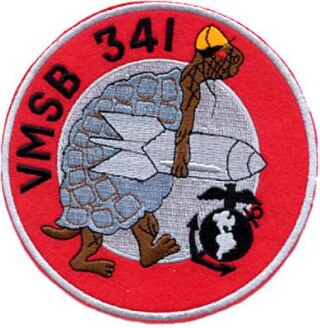
Marine Scout-Bomber Squadron 341 (VMSB-341) was a dive bomber squadron in the United States Marine Corps. The squadron, also known as the “Torrid Turtles”, fought in World War II with Marine Aircraft Group 24, most notably in the Philippines campaign (1944–45). They were deactivated shortly after the end of the war on September 13, 1945.

Marine Operational Training Group 81 (MOTG-81) was a United States Marine Corps aviation training group that was established during World War II. Squadrons from MOTG-81 trained pilots, aircrew and ground crew on the PBJ-1 medium bomber. The Marine Corps divested its medium bomber fleet immediately after the war and the Group was decommissioned in December 1945.

Marine Fighting Squadron 215 (VMF-215) was a fighter squadron of the United States Marine Corps that was commissioned and fought during World War II. Known as "The Fighting Corsairs", the squadron fought in many areas of the Pacific War, including the Battle of Bougainville. During its four-and-a-half month tour, the squadron was credited with shooting down 137 enemy aircraft, fourth most in Marine Corps aviation history.

Marine Fighting Squadron 511 (VMF-511) was a fighter squadron of the Marine Corps and Marine Forces Reserve during World War II and the Cold War which flew aircraft types such as the F6F Hellcat, F4U Corsair, and the F-8 Crusader. They were originally activated during World War II and fought during the Battle of Okinawa and the Battle of Balikpapan (1945). They specialized in close air support and during the course of the war were credited with only one plane shot down.

Marine Scout Bombing Squadron 342 (VMSB-342) was a dive bomber squadron in the United States Marine Corps. The squadron, also known as the “Bats from Hell”, was active during World War II but never saw combat in the Pacific Theater. The squadron were decommissioned on October 10, 1944.

Marine Transport Squadron 152 (VMR-152) was an air transport squadron of the United States Marine Corps that was responsible for the movement of personnel, equipment, and supplies. The squadron flew fixed-wing cargo aircraft to include the R4D Skytrain and the R4Q Flying Boxcar. The squadron saw combat during World War II and the Korean War with their most notable contributions coming during the Battle of Guadalcanal and during the Marine breakout during the Battle of Chosin Reservoir. The squadron was decommissioned in the late 1950s.
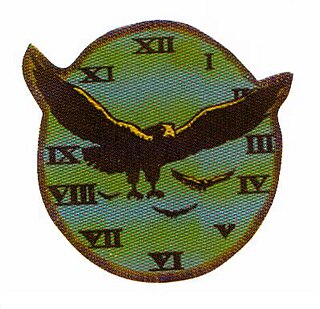
Marine Attack Squadron 543 (VMA-543) was an aviation unit of the United States Marine Corps. The squadron, also known as the “Night Hawks”, were part of the Marine Forces Reserve and were based at Naval Air Station Glenview, Illinois until their deactivation on April 1, 1974. Originally activated during World War II, they fought in the Battle of Okinawa as part of the Tactical Air Force. The squadron was credited with downing 15 Japanese aircraft during the war. Following the surrender of Japan, the squadron was deactivated only to be later reactivated as part of the Reserves. They were again deactivated in 1974 and remain in an inactive status today.
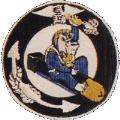
Marine Attack Squadron 143 (VMA-143), nicknamed the Rocket Raiders, was a reserve attack squadron in the United States Marine Corps. Originally commissioned during World War II, the squadron fought at the Guadalcanal, New Georgia, the Battle of Bougainville, Battle of Okinawa, and the Battle of Balikpapan.

Marine Scout Bombing Squadron 343 (VMSB-343) was a dive bomber squadron of the United States Marine Corps. Nicknamed “Gregory's Gorilla's”, they were active during World War II but saw limited action due to being assigned to fly anti-submarine patrols from Midway Atoll for their only deployed tour. The squadron later took part in the occupation of Northern China after the war and returned to the United States to be decommissioned on June 10, 1946. To date, no other Marine Corps squadron has carried the lineage and honors of VMSB-343.
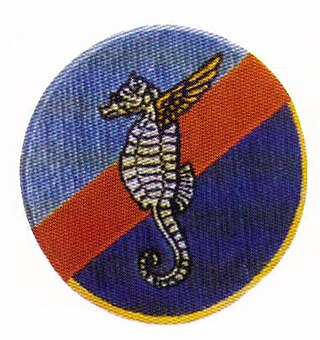
Marine Fighting Squadron 472 (VMF-472) was a fighter squadron of the United States Marine Corps during World War II. Known as “The Flying Seahorses”, the squadron flew the Grumman F6F Hellcat during its short time in existence. The squadron was slated to support the invasion of Japan in late 1945 however the Japanese surrender meant it did not get further than Hawaii and did not participate in combat action during the war. VMF-472 was decommissioned on December 24, 1945 and no other Marine Corps squadron has carried its lineage and honors since.


















